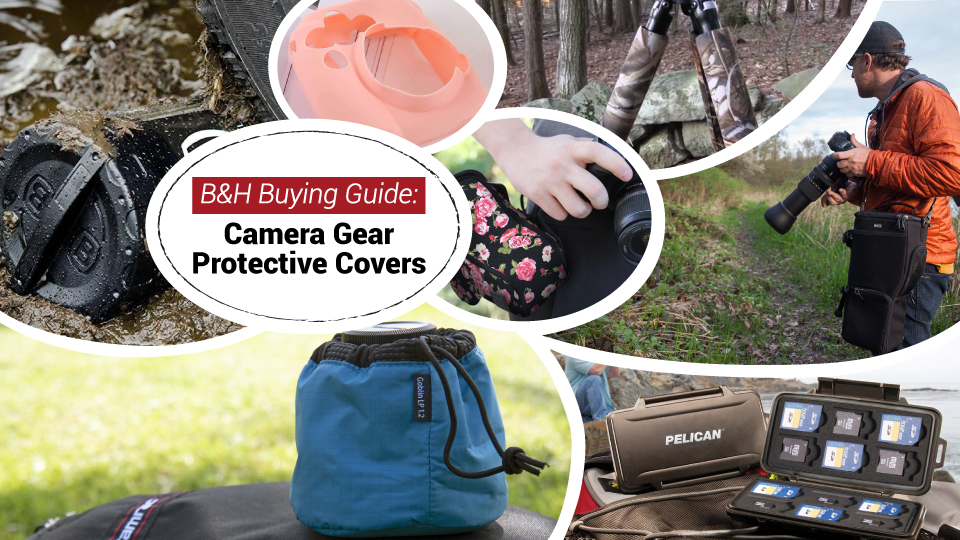Safety and protective kit and accessories for your camera
If you are a professional photographer who loves to travel to take breathtaking photographs you need to have safety accessories for your camera and a proper professional kit. Product photographers or portrait photographers need to have the proper equipment for a range of backdrops and advanced camera accessories. Digital camera photography accessories range from very technical to just functional. Quality equipment will be beneficial. If you have a lot of skill, your probability of getting stunning shots will improve. Remote controllers, screen and viewfinder goods, system upgrades, and other things like light meters, mount adapters, photographic attire, and more are all considered accessories. You may improve your images by using a tripod, polarizing filter, auto shutter control, and a fast prime lens. Despite its importance, equipment will never enable you to take truly outstanding pictures. Your priceless gear will be better protected with a camera case and strap. You can keep shooting if you have extra batteries and memory cards. At most, equipment will only be able to produce photos that are razor-sharp, well-exposed, and in focus.
Camera backpack
Certain camera backpacks are more costly than others primarily because they employ premium materials and parts to provide the best protection for your camera. In order to protect delicate equipment, your bag should contain padding. When you travel on a long journey, you need to be careful about the safety and protection of your expensive and pricey equipment. No matter how much gear you want to carry, a camera bag’s primary function is to safeguard the items within. It offers you complete protection and covers. A camera bag should not only fit comfortably over your shoulders and look attractive, but it must also make it simple to reach the camera and keep it safe. This should provide defenses against the elements, stress from impacts, and theft. All three are addressed by good camera bags, often in various ways.
Camera memory card
High-capacity or high-endurance cards are needed for continuous use; on-motion cards are not as necessary. Following that, the camera stores the information from those images on the memory card. While a memory card’s speed is determined by both its read and write rates, for security cameras, you actually only need to consider the write rate or the pace at which the card transfers and stores data to its memory. To prevent that buffer from being clogged, the card needs a quick write speed. Videos in 1080p or 4k resolution demand more storage.
Although the majority of memory cards have a lifespan of five years or longer, it is advised to upgrade them every several years, particularly if they are used often. Its lifespan is affected by a number of variables, such as the memory card’s quality, how frequently it is used, and how it will be maintained. But a camera in burst mode has to transport this data rapidly and effectively, therefore it’s crucial to have a fast card.
Tripod
Tripods, often known as sticks, are used to stabilize cameras. You will need a tripod if you want to use shutter speeds slower than about 1/60th of a moment for any type of photography in order to prevent fuzzy pictures due to hand movements. A fluid head is used by tripods. It is a multi-platform used to hold a camera steady. As a result, the camera may also pan left to right and tilt vertically and horizontally.
Protective Covering and layers for the camera
You can guard against scratches on your phone camera in a few different ways. In addition to protecting your LCD screen, an anti-glare cover gives you a clearer view of the picture you’re trying to take. If you drop your phone, lens covers are added to lessen the likelihood that the lens may break or be scratched. A lens protector and a sturdy case with an elevated bezel are both highly recommended.
You will understand the importance of eliminating glare if you have previously tried to snap a picture with the sun reflecting off your device’s LCD screen. These may protect your phone camera from dings, dents, and cracks. However, adding an additional layer of glass to the rear of your camera might affect the quality of the captured images, which is the exact opposite of what you want to avoid.


